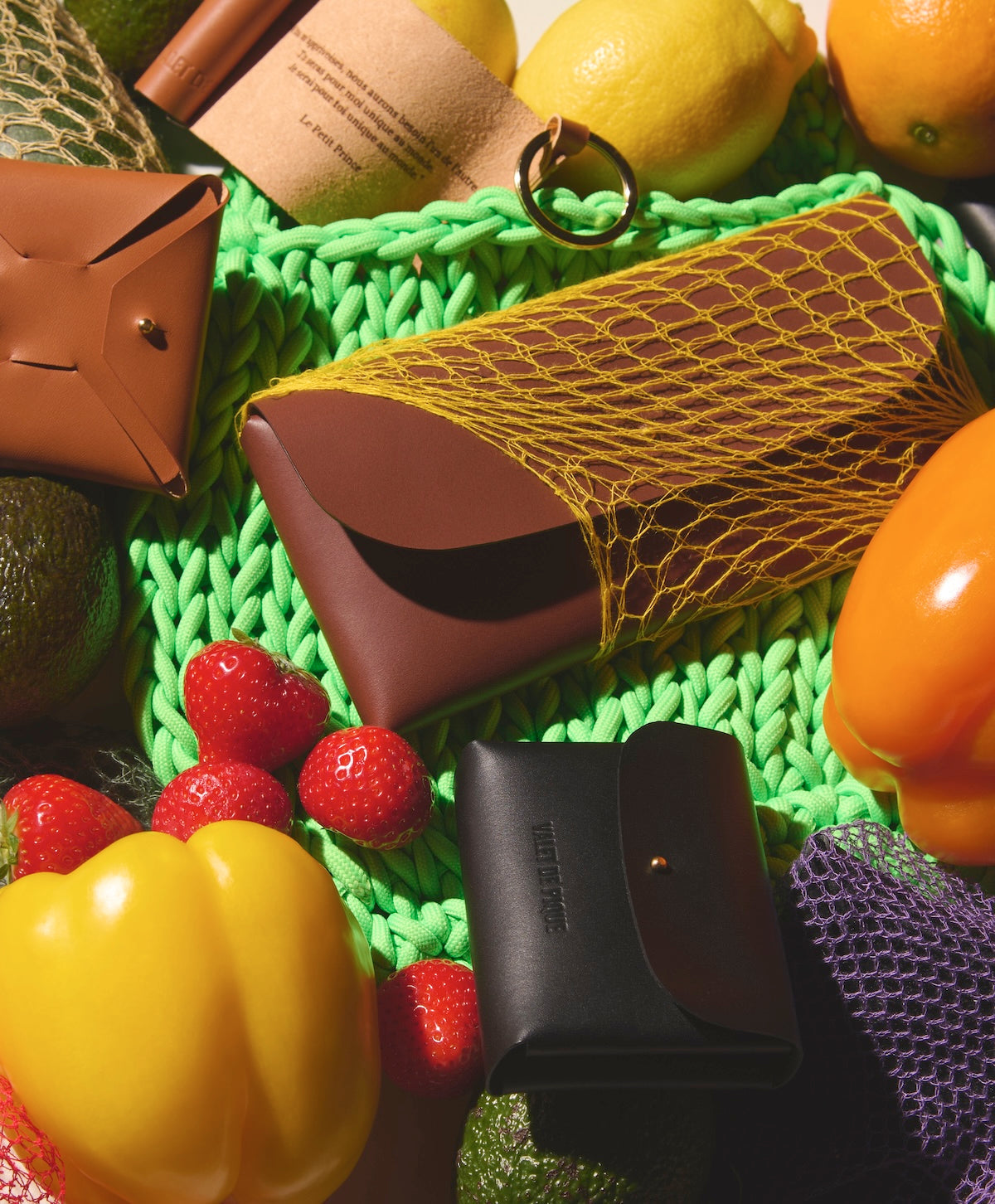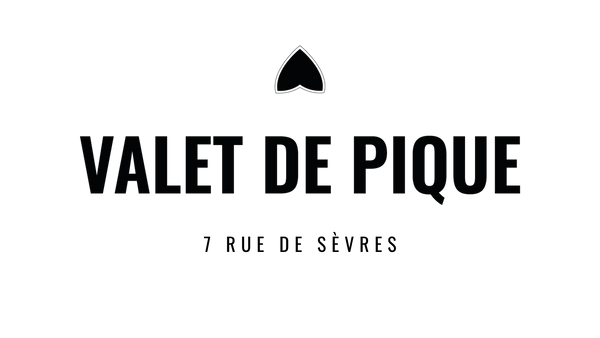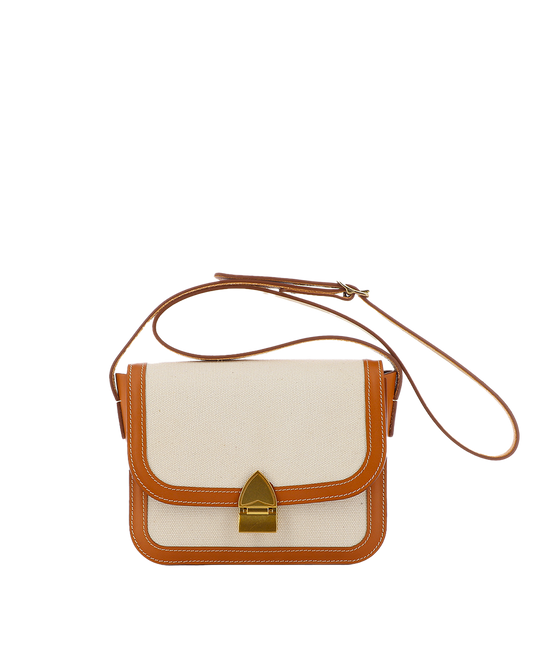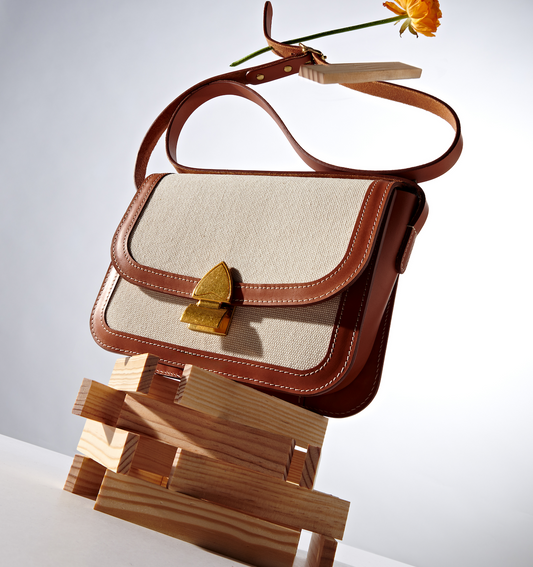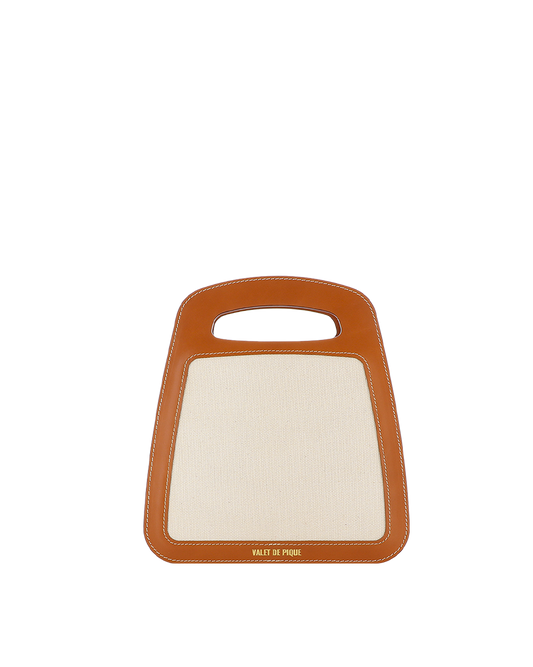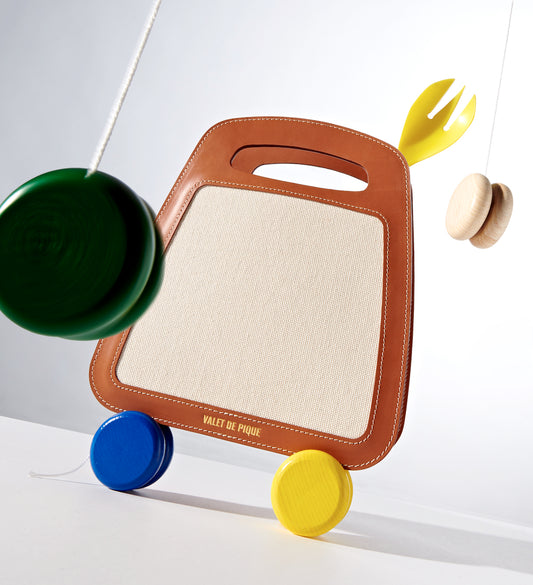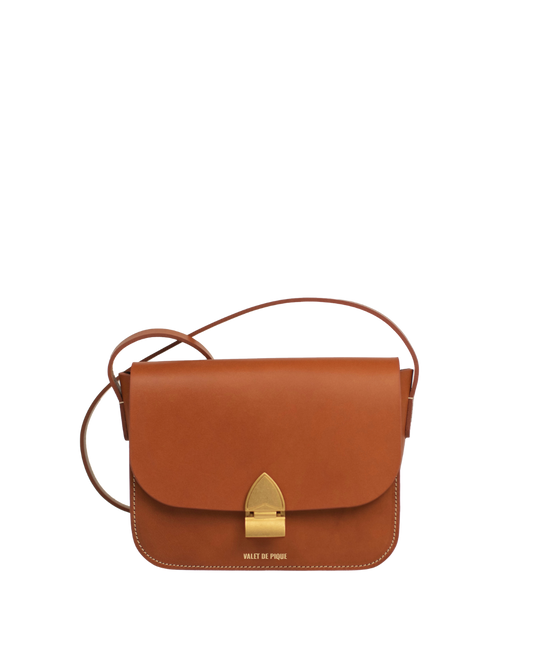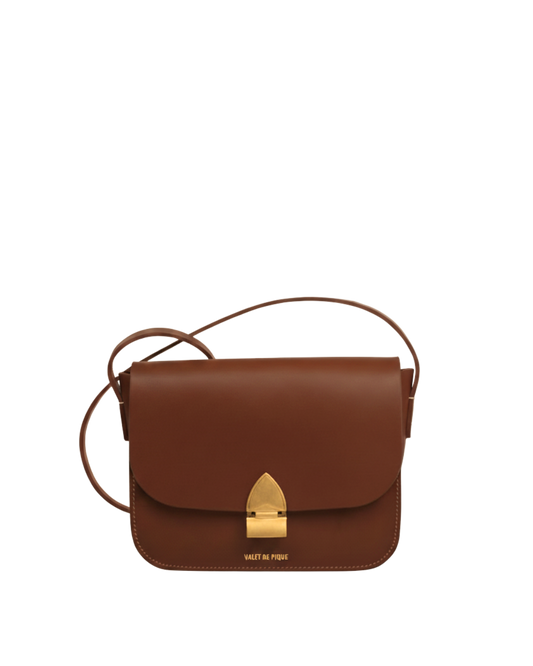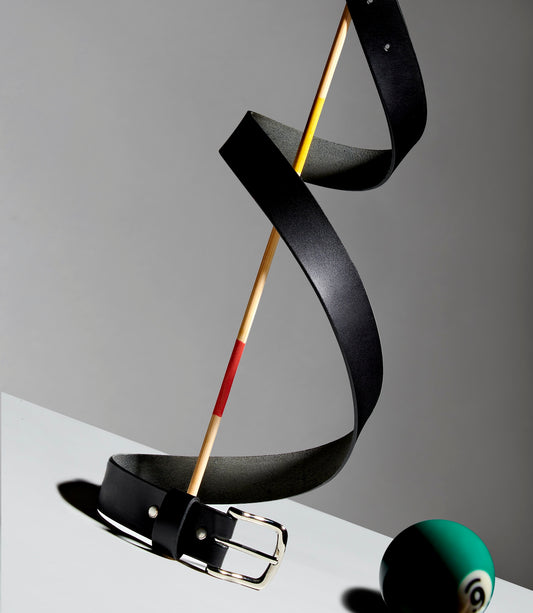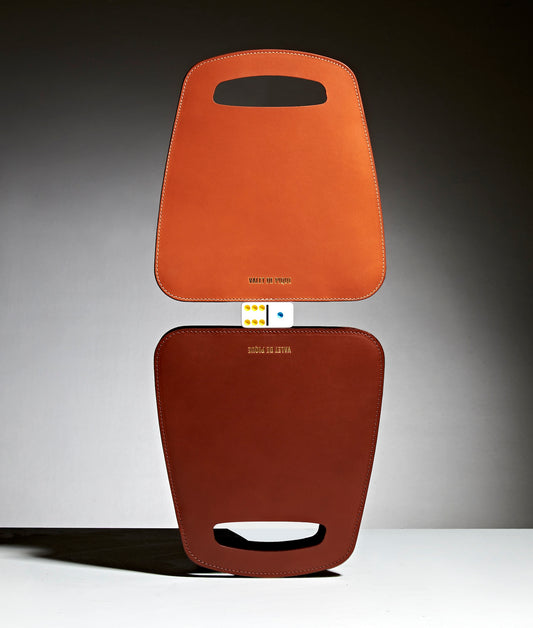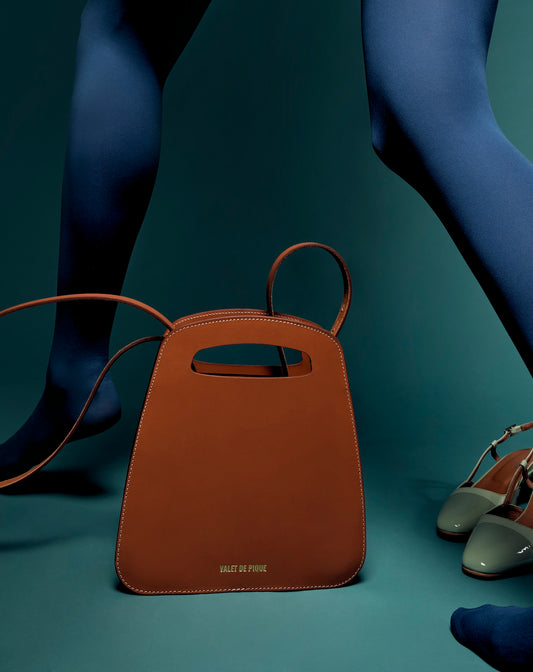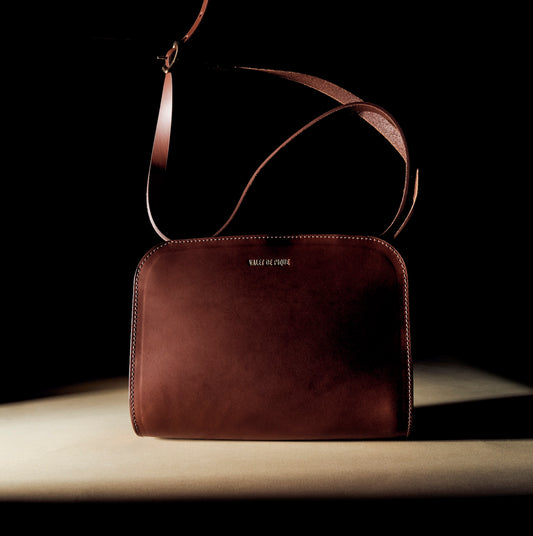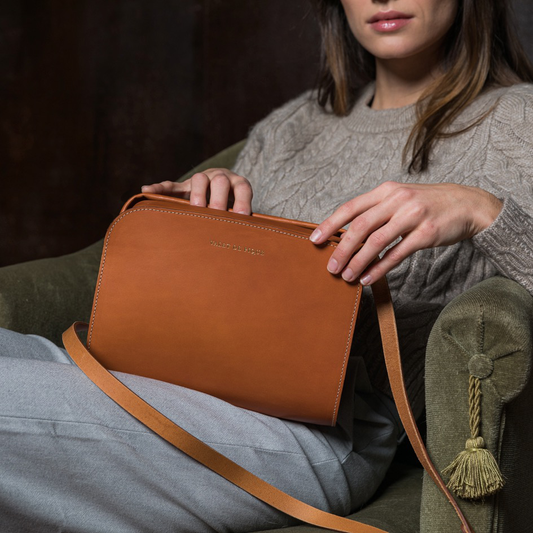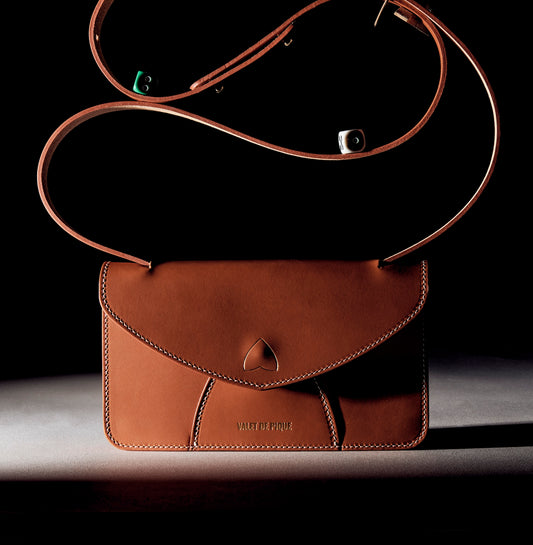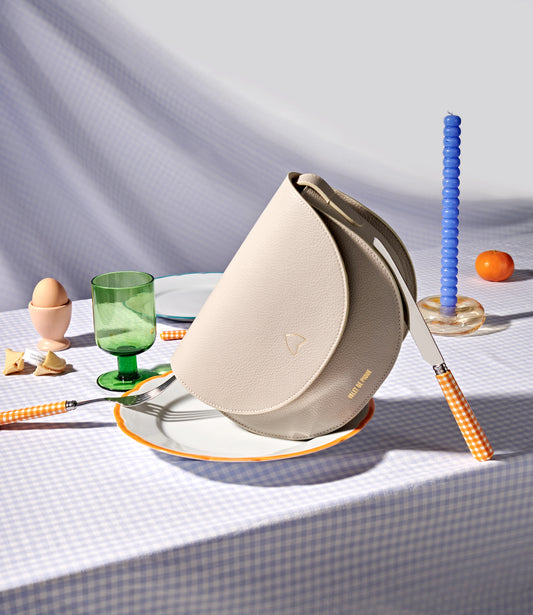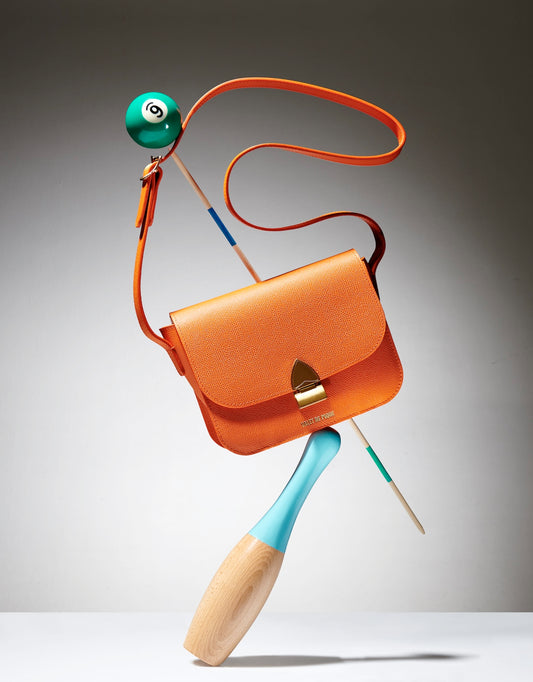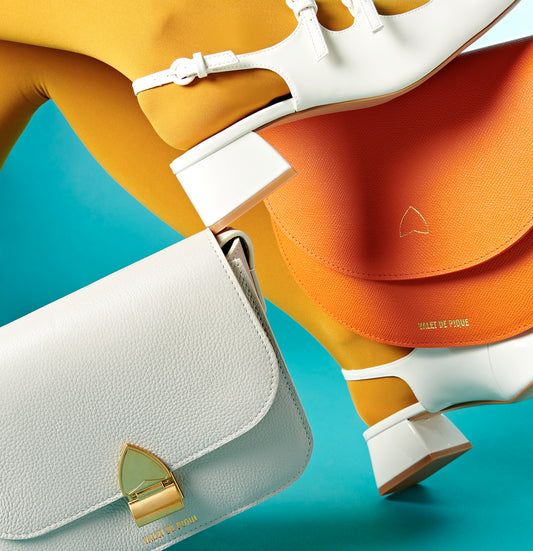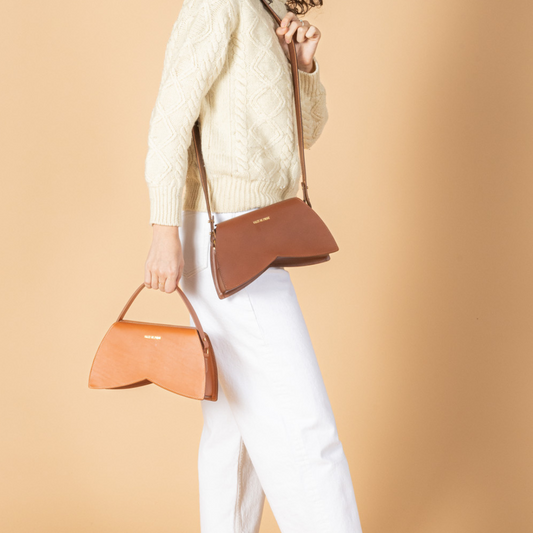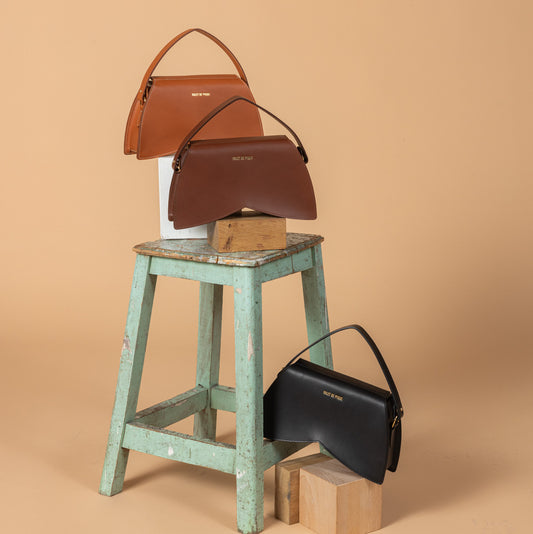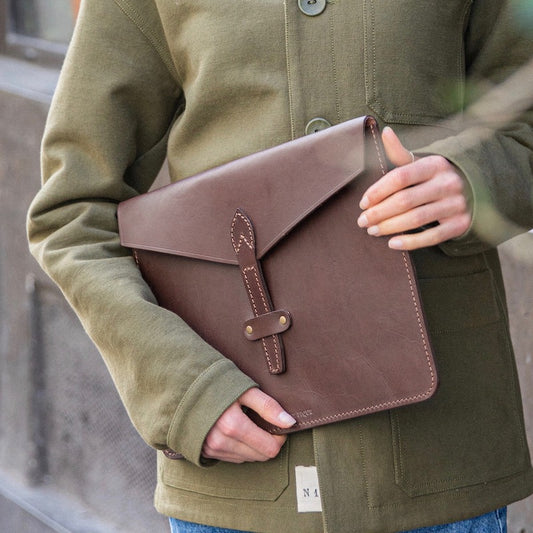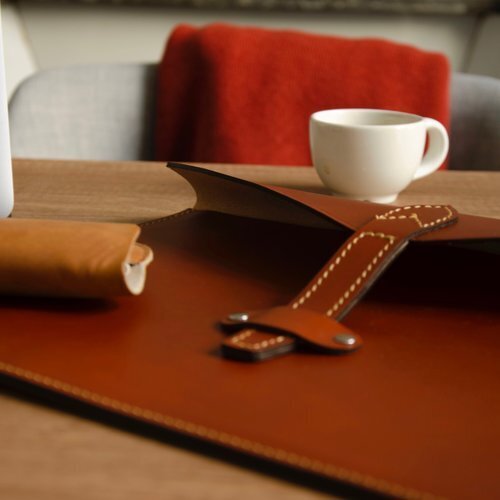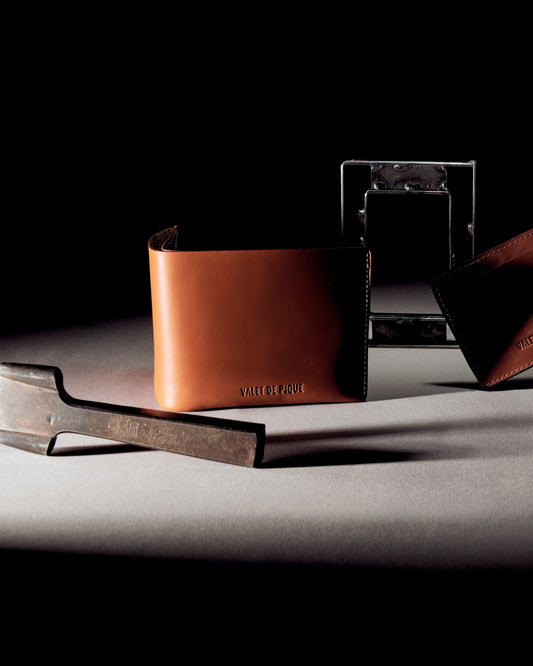The wallet arrives Wednesday, June 2 for pre-order. An elegant, practical, durable wallet. In this article we will go back over the history of this everyday object that has become an essential.
France in 1600
The first wallets were developed after the introduction of paper money in the 1600s. In France, it was John Law who first tried to introduce paper money: John Law wanted to replace the gold and silver metal in circulation with "bills having the value of cash" in order to speed up exchanges. They were preceded from 1689 by proto-bills, letters of exchange which later became "billets de monnoye" and then "billets de l'Estat" issued by the Royal Treasury at the end of the reign of Louis XIV and assimilated to a form of borrowing like the modern Treasury bill.
Find the wallet here
John Law
Before the introduction of banknotes, wallets (usually simple leather purses with a drawstring) were used to hold coins. Early wallets included a small pocket for printed business cards.
In the 19th century wallets became the norm with the democratization of bank bills. "In 1888, Alfred de Musset wrote in Nouvelles et Contes that he had a wallet full of banknotes.
Some were used as a case for smoker's paraphernalia: "Each man carried a small bundle of white paper as well as a small leather wallet containing a flint and a steel and a small quantity of yesca, a dried vegetable fiber that a spark ignited instantly"
Smoker's case
The modern bi-fold wallet with multiple "card slots" became standardized in the early 1950s with the introduction of the first credit cards.
The Valet de Pique wallet is made of full grain, vegetable tanned leather. It is a resistant leather that will patina and embellish with time.
But in fact what is full grain leather ?
Full grain leather is a leather that has kept its upper surface intact. It is the area of the skin with the highest density of fibers. They make it a resistant and soft material. Over time, full grain leather will be less rough and have a more even patina than other types of leather.
Vegetable tanned, what does that mean?
Tanning is a chemical process that transforms the skin of an animal into leather. This process aims to make the skin more resistant to various factors leading to its deterioration such as heat, retention or abrasion. It allows to make a more or less flexibility depending on its use.
Vegetable tanning is the first method of tanning used by men, since the Middle Ages this process was widely used. The vegetable tanning process uses tannins; these are substances of organic origin present in the bark, sap, leaves or roots of plants. Vegetable tanning thus allows
to use the tannins widely present in nature for the treatment of leather
to complete the production cycle while avoiding the use of toxic substances harmful to humans and the environment
to minimize the impact on the environment
to recover the substances used in the tanning process
to easily dispose of products that have completed their life cycle, thanks to their chemical-biological characteristics
It is manufactured in Biarritz in a family workshop. A workshop with a historical know-how that guarantees a robust wallet over time.
The wallet is available for pre-order on Wednesday June 2 at 10am on our website
This wallet is customizable, you can add a name, a quote, initials inside to make it even more unique.
This wallet is authentic, durable, timeless. A wallet that will only live in your hands. A wallet that is the result of hundreds of hours of work, of passionate gestures, of know-how, and this is only the beginning of the story.
What do you think this wallet will be called?
Find the wallet here
